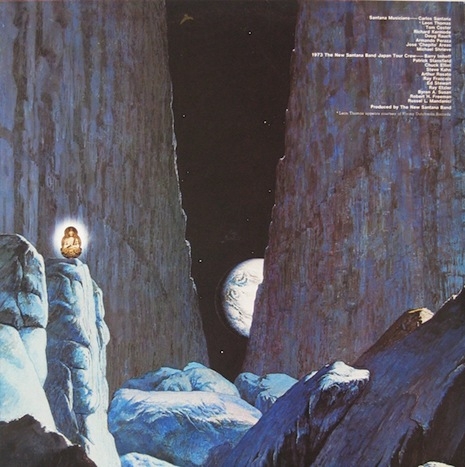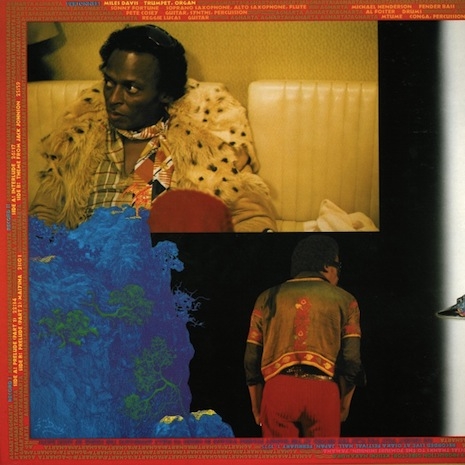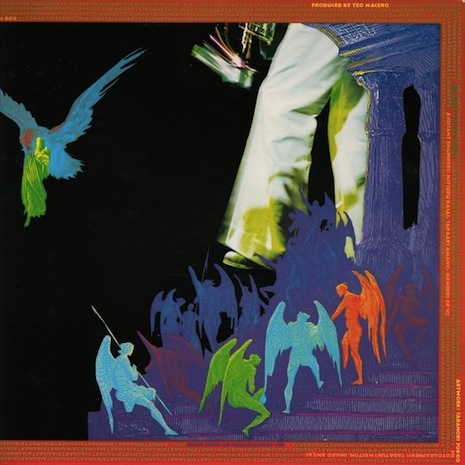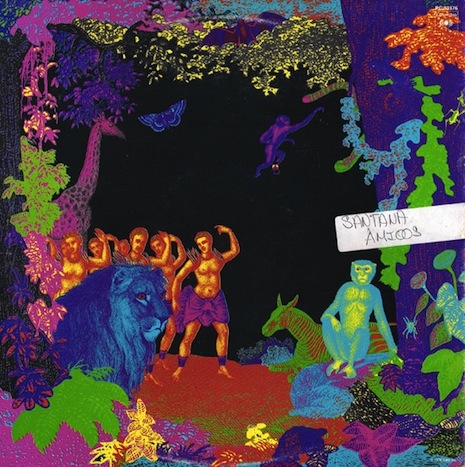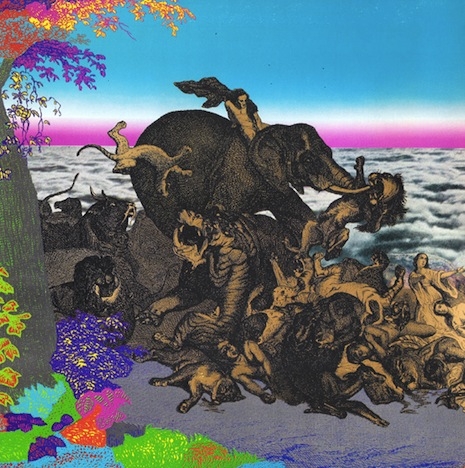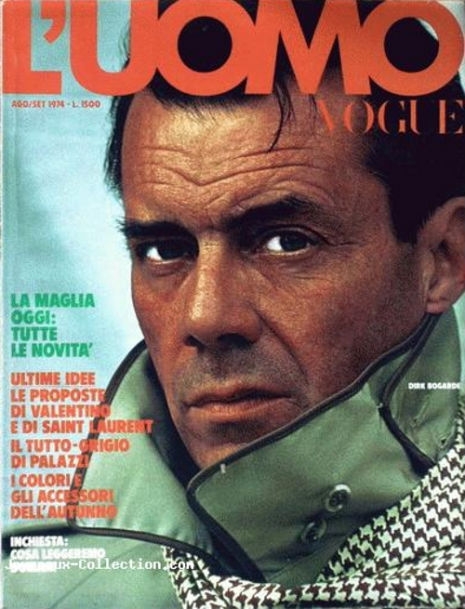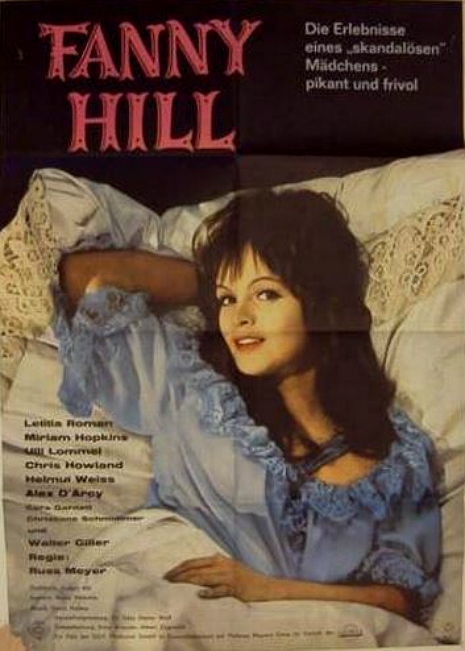
The name Russ Meyer has some striking connotations. The first being a comic-book style obsession with large, heaving, fleshy female breasts. But if all you see with the man is pendulous, heaving, busting-out-of-the screen tatas, then you are seeing only part of the picture. Meyer’s signature films boasted top notch editing that never let you finish a breath, plot lines that played out like the weirdest morality tale and characters that were so over the top and wild, that you really wished real life could be just like that.
Out of the 24 feature films he is credited with directing, there is one that has been fairly obscure and in the shadows till now. With 1964’s Fanny Hill, there are some potential reasons for this. That’s not to say it is a bad movie. It’s cute, features some lovely ladies and some fun performances. Fanny Hill stars Italian actress Leticia Roman as the very pretty, sweet natured and brain-damaged/naive titular character. Unlike the sexually precocious character from the classic 1700’s purple prose book, this Fanny Hill is about as glowy-cheeked and innocent as a Disney character.
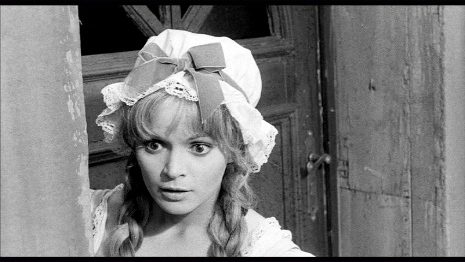
After being orphaned by her rural parents, Fanny is taken to the city by her “friend,” whom we never meet. Abandoned, homeless and hungry, a desperate Fanny ends up at an employment office run by a hirsute woman with salacious looks. Before the living definition of mustache rides can act on any of her barely hidden impulses, Mrs. Maude Brown (legendary classic Hollywood actress Miriam Hopkins) saunters in and is flabbergasted at the eerie resemblance that young Fanny has with her late daughter.
Mrs. Brown immediately takes on the young lamb, not as a maid, but as a surrogate daughter. Madame seems a bit off, but compared to whatever fate beautiful-dim bulb Fanny has with Mustache Rides, she is in better hands with Mrs. Brown. She soon gets to stay at her new benefactress’s lovely home and her coterie of comely “cousins.” At last, the Meyer-ian buxotic factor comes into play, as each woman is gorgeous and colorful, including one acting like a crazed Lolita and another one practicing her whipping techniques on a mannequin. Russ Mayer fans will spot the uber-busty Rena Horten, whom he would go on to use in the incredible sex filled, fire and brimstone fueled Mudhoney, amongst the “cousins.”
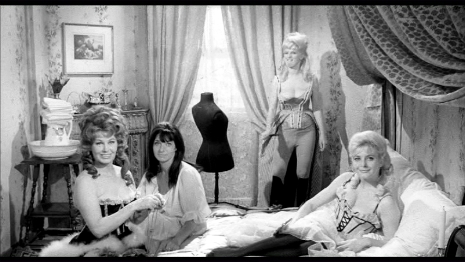
After setting her up with one particularly lecherous, bewigged older man that ends up in catastrophe, Mrs. Brown realizes how genuinely virginal her new charge is. Of course, does that dissuade her from wanting to assimilate the young lovely into her roster of sexed-up, tigress-courtesans? Of course not!
However, as if Fanny’s blind allegiance to her own dim-witted naivete was not enough, soon another threat looms to wrench Brown’s plans for making the girl her next soiled dove. A chance meeting with a young sailor, Charles (future director Ulli Lommel), plunges Cupid’s arrow straight down Fanny’s heart. The young lovers announce their plans to wed to Mme. Brown. Not wanting her still untarnished future meal ticket to slip away, Brown engineers a plan to put Charles far away on an island. But you cannot keep a seafaring soul away and hijinks ensue, including one randy aristocrat named Hemingway (Walter Giller) who tries to wed Fanny, solely to get into her pantaloons. Will true love intervene or will our young heroine end up violated by a man whose sexual games involve gropey sleepwalking?
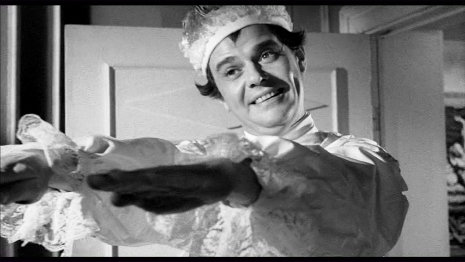
Fanny Hill is a cheeky film that is about as racy, if not slightly less so, than an episode of Benny Hill. Given that Mayer was THE godfather behind the nudie-cutie film movement, starting with the groundbreaking Immoral Mr. Teas, it is incredibly surprising that there is nary any real nudity in the entire film. There’s a decent amount of cleavage and some of the aforementioned ribaldry, but given that this came out the same year as Meyer’s far heavier and lurid Southern-fueled exploiter, Lorna, it feels unreasonably tame.
That said, Fanny Hillis a charming film with a cast that obviously had a lot of fun and relish with their roles. Hopkins, famous for her work in such Hollywood classics as 1933’s Design for Living, glams it up as the advantageous Mrs. Brown. Giller as the ridiculously lecherous Hemingway is even better, to the extent that you want more of his character. Roman is highly pretty and well suited to the supernaturally naive Fanny. Out of the canon of Meyer heroines, she is the wallflower at a swinging, claws-out-fighting party filled with women like Tura Satana, Erica Gavin, Kitten Natividad and Uschi Digard. But that’s okay because “Fanny Hill” itself is the wallflower of Meyer’s filmography.
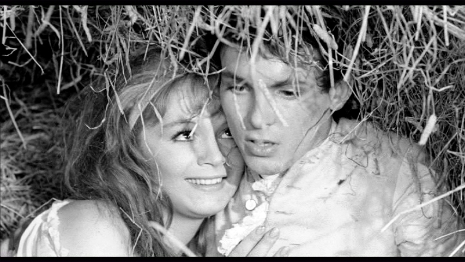
That said, even wallflowers have their moments and deserve love too. Thanks to the continually fine work from the folks at Vinegar Syndrome, this long obscure title is now available, spiffed up from its original negative and released on both DVD and Blu Ray. It’s great to have it, especially since the only time I ever remember seeing it beforehand was on a battered Paragon VHS at the second oldest video store in my hometown. On top of this nice release, they have also included an interview with former protege of Rainer Werner Fassbinder and director of the 1980 Richard Hell film Blank Generation, Ulli Lommel. They have also included Albert Zugsmith’s The Phantom Gunslinger as a bonus second feature! (Zugsmith who produced Fanny Hill.) Starring former teen heartthrob Troy Donahue and famed Mexican horror actor German Robles, The Phantom Gunslinger ironically looks visually more like a Meyer film, minus the breasty factor, than Fanny Hill. Splashy colors, Ala Wild Gals of the Wild West, and an over-the-top approach to characters that it feels like Tex Avery did five hits of acid and decided to make a live-action Western film with Troy Donahue. This is praise, by the way.

Fanny Hill is a cute and interesting cinematic footnote of one of the truly most innovative, talented and wholly unique filmmakers America has produced in the last 100 years. Treat it like your charming Aunt, tipsy at a brunch after her 3rd Mimosa, telling you a PG-13 joke and giggling like she just said the nastiest thing in the world.
VHS release on








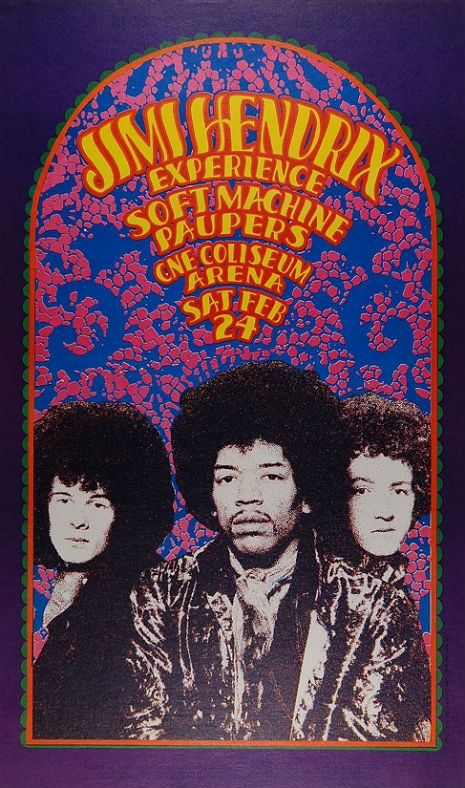



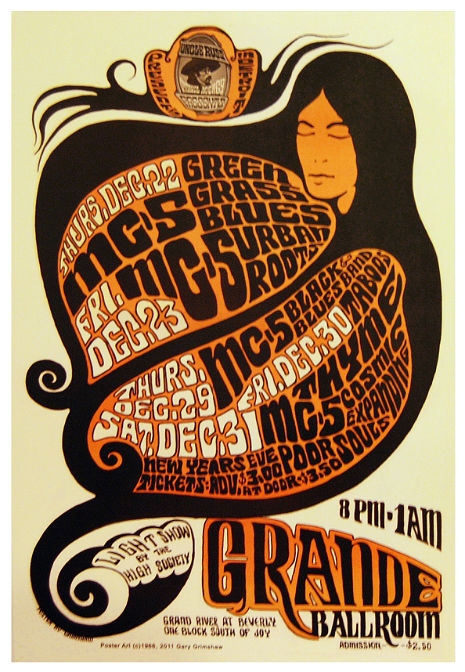



_by_Asaoka_Ruriko_q526_465_465_int.jpeg)



